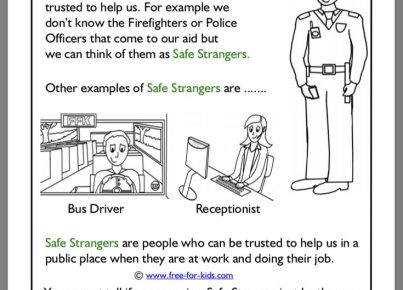Introduction:
Teaching social acceptance in middle school is essential for creating a healthy, supportive, and diverse learning environment. Middle school students are at a stage where they are developing their personalities and trying to understand the different backgrounds and cultures of their peers. By promoting social acceptance, educators can help students become more open-minded, respectful, and compassionate towards those who may be different from them.
1. Start with self-awareness and empathy:
Encourage students to examine their own beliefs, values, and stereotypes. Provide opportunities for self-reflection through journaling, group discussions, or role-playing activities. By understanding their own perspectives, students will become more empathetic and accepting of others.
2. Create a safe environment for dialogue:
Establish an environment where open dialogue is encouraged and respected. Encourage honest conversations about diversity, privilege, prejudice, and discrimination. Emphasize the importance of listening to others’ experiences to better understand different perspectives.
3. Highlight diversity within the classroom:
Celebrate the unique aspects of every student’s culture and background within the classroom. Using diverse materials like books, movies, or guest speakers enhances the understanding of various societies and customs.
4. Encourage inclusion in group activities:
Ensure that group work includes all students. Encourage collaboration among diverse peers by assigning groups with a range of abilities, backgrounds and interests.
5. Engage with community organizations:
Partner with community organizations that promote inclusivity and diversity initiatives. Engaging with these organizations can help increase students’ exposure to different cultures.
6. Lead by example:
Model social acceptance by demonstrating respect for everyone regardless of their background or abilities. Educators should avoid making assumptions about individuals based on their culture or appearance.
7. Implement inclusive curricula:
Introducing lessons that showcase various victories, challenges or experiences from diverse historical figures can help broaden students’ perspectives.
8. Discuss current events and social issues:
By discussing current events, students can link the concepts of social acceptance and inclusion to real-life situations. Show how these events impact their community and teach the importance of understanding different perspectives.
9. Teach conflict resolution skills:
Equip students with strategies to address conflicts based on prejudice or discrimination. Teach the importance of assertive communication and listening to understand what others are experiencing.
10 . Celebrate success:
Highlight positive actions that promote social acceptance within the classroom. These successes can be small everyday actions taken by students or larger collaborative projects that work towards fostering a more inclusive learning environment.
Conclusion:
Teaching social accpeptance in middle school is crucial for the development of well-rounded, empathetic, and open-minded individuals. By incorporating these strategies into their teaching methods, educators can create an inclusive learning community where students appreciate and respect one another’s unique backgrounds and experiences.




